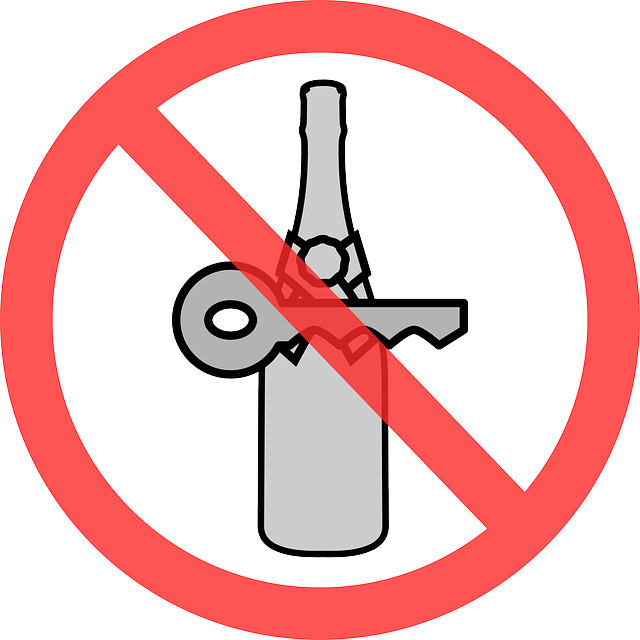Drunk driving among youth poses severe risks, prompting the need for early intervention through promoting Alternative Transportation Options. By offering accessible choices like designated drivers, ride-sharing, and community programs, communities can discourage underage drinking and driving. This includes fostering walkable areas, cycling infrastructure, and public transit events. Community engagement, with educational workshops, peer discussions, and creative campaigns, empowers schools, youth groups, parents, and leaders to share responsibility for preventing Early DUI, ensuring a safer future focused on responsible drinking habits and alternative transport.
“In a bid to curb the alarming rate of Early DUI (Drunk Driving Underage) incidents, this article explores vital strategies focusing on youth prevention. We delve into the profound impact of early exposure to alcohol and its subsequent driving risks. Furthermore, we present effective solutions like promoting alternative transportation options as preventive measures.
The discussion encompasses community engagement tactics, emphasizing their role in deterring underage drinking and driving. By exploring these comprehensive approaches, we aim to equip parents, educators, and communities with tools to protect young lives.”
- Understanding the Impact of Early DUI on Youth
- Providing Effective Alternatives: Transport Solutions
- Strategies for Community Engagement and Prevention
Understanding the Impact of Early DUI on Youth

Drunk driving is a significant issue among youth, with early exposure to DUI (Driving Under the Influence) posing severe and long-lasting consequences. The impact extends far beyond legal penalties, affecting young individuals’ physical safety, mental health, and future prospects. When caught for the first time at a young age, it can set a dangerous precedent, leading to recurring offenses and escalating legal troubles.
Early intervention is crucial to breaking this cycle. Providing youth with alternative transportation options, such as designated drivers, ride-sharing services, or community-based transportation programs, can be an effective strategy to prevent DUI. Educating young people about responsible drinking habits and promoting a culture of safety can also significantly reduce the risk of early DUI, ensuring a healthier and more prosperous future for them.
Providing Effective Alternatives: Transport Solutions

In the fight against Early DUI (drunk driving by minors), offering effective alternatives to driving is key. One significant aspect is providing accessible and appealing Alternative Transportation Options. This can include promoting and expanding walkable communities, where youth can easily access destinations like schools, stores, and social hotspots on foot. Encouraging cycling through dedicated bike lanes and providing bike-sharing programs also reduces the reliance on personal vehicles. Additionally, organizing safe and fun community events that utilize public transportation can help normalize these options among young people.
Implementing Alternative Transportation Options like ride-sharing services, school bus systems, and community van pools offers practical solutions for teen mobility. These measures not only discourage underage drinking and driving but also foster a culture of responsibility and environmental awareness. By making it easy, safe, and even exciting to choose alternative modes of transport, communities can play a pivotal role in preventing Early DUI.
Strategies for Community Engagement and Prevention

Community engagement is a cornerstone in preventing early DUI among youth. Organizations and local governments can play a pivotal role by implementing creative strategies that foster awareness and promote responsible behavior. One effective approach is to organize community events that emphasize alternative transportation options, such as designated driver programs, bike-sharing initiatives, or public transit promotions. These events not only educate young people about the risks of impaired driving but also offer practical alternatives, encouraging them to make safer choices.
Furthermore, engaging with schools and youth groups can help instill long-lasting habits. Educational workshops, peer-to-peer discussions, and interactive campaigns can be tailored to raise awareness about DUI prevention. By involving community leaders, parents, and peers, these strategies create a collective responsibility, ensuring that young individuals have the knowledge and support needed to make wise decisions regarding alcohol consumption and driving.
In addressing early DUI among youth, shifting our focus towards prevention is key. By understanding the impact of this issue and implementing effective strategies like promoting alternative transportation options, we can foster community engagement and create a safer future for our young people. These efforts are vital in breaking the cycle of underage drinking and driving, ensuring a brighter and healthier society for generations to come.






